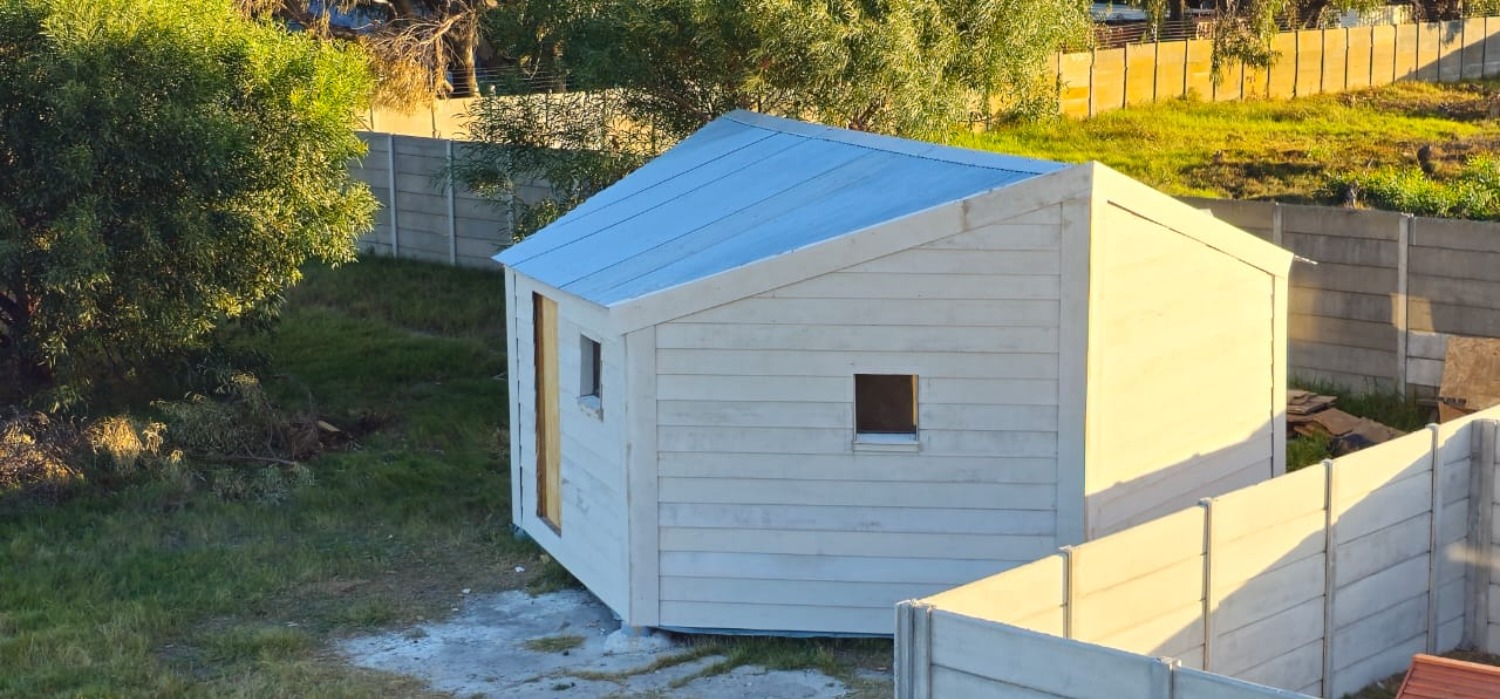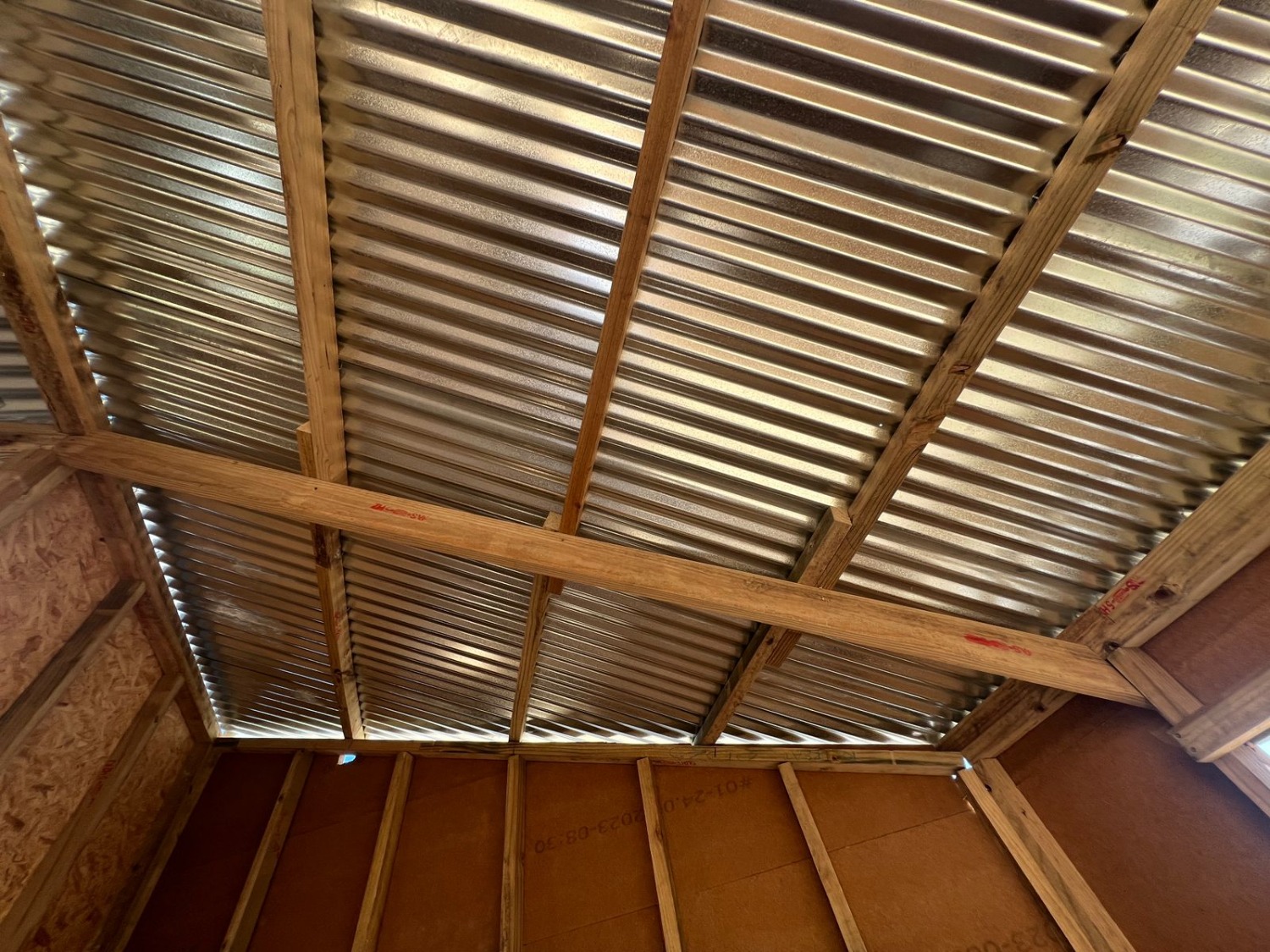
EDINBURGH Napier University has led on the design of a new temporary shelter which is hoped to help the millions of people displaced by disasters around the world every year.
The hexagonal structure aims to improve on the insulated steel box-like home designed by the United Nations High Commissioner for Refugees (UNHCR) commonly used for emergency housing.
Dubbed ‘Makazi’, which translates to ‘home’ in Swahili, the structure has been designed to cope with changing temperatures in different locations. It uses a modular frame that can be built and extended in stages to adapt to changing needs on site.
Researchers, including partners at the University of Cape Town, Mutah University, and the University of Kwazuli-Natal, analysed seasonal weather patterns in locations such as South Africa, Kenya, and Jordan, to work out how best to make a shelter which maintained a comfortable temperature for those inside.

Napier University said that unskilled labourers could assemble it within seven days using locally available materials, and it can be organised into a semi-circular shape for larger families or social groups.
A Makazi prototype has since been constructed in South Africa, following detailed research into its design. The structure includes water harvesting capability and easy sewage collection.
Leaders of the project now hope it can be replicated on a bigger scale to help support the huge number of people forced to flee their home because of natural or man-made disasters. Around 80 million had to do so in 2020 alone, according to UNHCR.

Ahmad Eltaweel, research fellow at Edinburgh Napier University’s School of computing, engineering, and the built environment, said, “Unfortunately shelters at temporary accommodation sites often turn into slum dwellings within weeks. The Makazi design aims to prevent this, as it would create a network of modular flexible homes based around the social and living needs of those using them.
“It would provide people who have been displaced through disasters a place to alleviate their distress and uncertainty – while also being affordable, durable and sustainable. They also offer a potential option of low-cost [around $3,000] housing for people who urgently need a home for longer periods of time.
“Temporary shelters have received little research attention, and we believe this work has the potential to make a real difference in the lives of those affected by displacement. Our hope would be that this could be deployed at scale on the ground and make a real difference to people facing crisis.”








